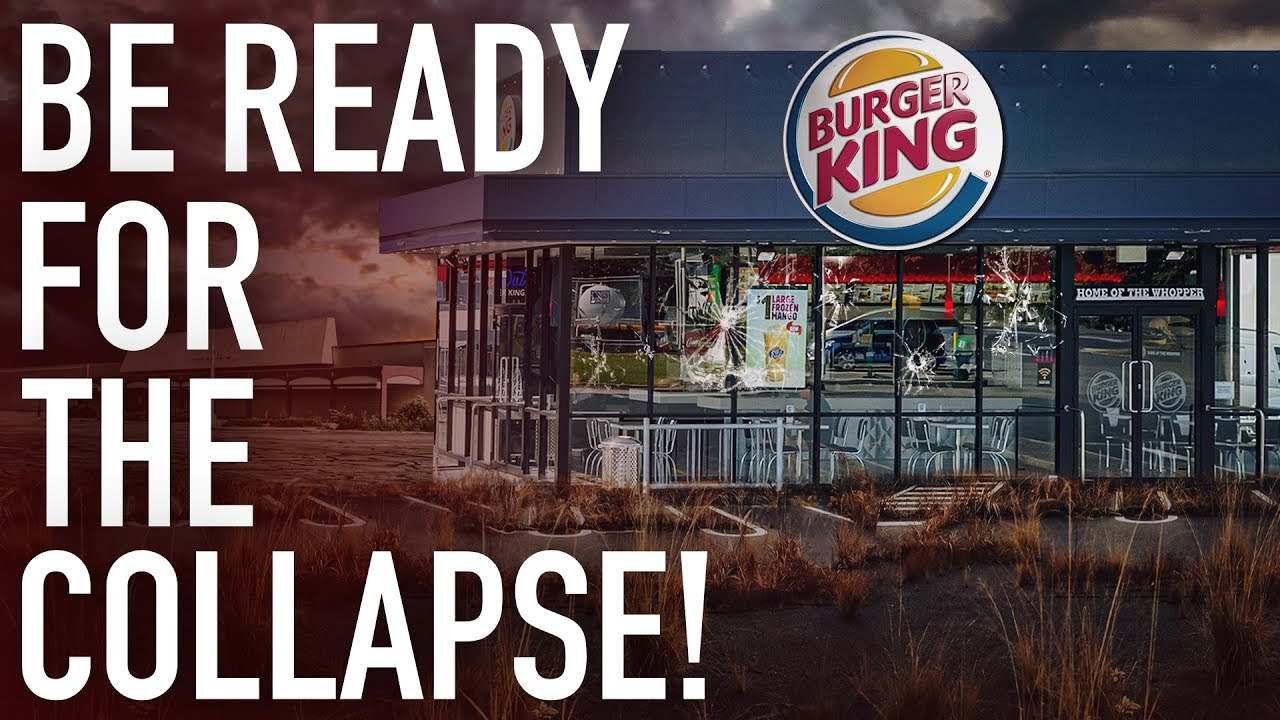Your favorite store may be gone before the year ends. Big-box retailers, grocery stores, apparel chains, home goods companies, and even some very big names like Burger King, GameStop, and Sephora are announcing mass store closings in 2023 due to a series of economic threats emerging everywhere all at once.
Similarly, Kroger is not done closing stores in the U.S. The grocery chain is getting rid of hundreds of locations that have been reporting poor performance and profitability in recent years. Lori Raya, president of Kroger’s Mid-Atlantic Division, said in a statement that the company “could not continue to operate stores that have been losing money for a sustained period of time.”
But according to retail analysts, a much bigger wave of shutdowns may be ahead. Kroger’s merger with Albertsons means that about 500 branches will be chopped so that the companies meet legal requirements. Unfortunately, this also means that thousands of jobs are going to be lost during that process.
Meanwhile, a fourth round of store closings has begun for Macy’s. After shuttering 125 of “its least productive stores” in 2021 and 2022, another 45 locations are now on the retailer’s chopping block. Previously, Macy’s announced that it would slash a fifth of stores and lay off 2,000 employees to allegedly improve productivity.
Last month, CEO Jeff Gennette explained in a statement that the decision came after the company analyzed its sales growth outlook and revenue forecasts for 2023. “Based on current macro-economic indicators and our proprietary credit card data, we believe the consumer will continue to be pressured in 2023, particularly in the first half, and we have planned to adjust our accordingly, ” he said.
Target is now conducting a series of store closings citing declining foot traffic, rising shoplifting cases, and collapsing profits as the reason for the decision, according to a recent report. The first round of shutdowns will hit dozens of grocery stores in Maryland, as well as Virginia, Minnesota, and Pennsylvania.
Executives said the locations haven’t been able to improve performance over the past twelve months, and the retailer’s worsening financial woes are behind the tough decision.
With so many major brands seeing operations crumble in such a short period of time, we can certainly comprehend why retail experts call this crisis an “apocalypse.” Our economic scenario is being ravaged by so many losses.
Consumers and U.S. communities are losing stores that served them for years and will definitely be missed. Struggling stores don’t stand a chance in this unforgiving environment, and it is safe to say that many other chains will follow the same move in the coming months.
The situation is so dire that analysts estimate that by the end of 2023, the national brick-and-mortar footprint may be reduced by up to 20% — the biggest annual decline since the onset of the U.S. retail apocalypse in 2017. We may actually surpass the number of closures seen during the pandemic when thousands of businesses collapsed pretty much overnight.
This is certainly an unprecedented crisis, and in today’s video, we decided to expose which major chains are shrinking their store bases this year so you can have the chance to visit some of these beloved retailers one last time.
Article and video by Epic Economist.





Real shocker. Rampant inflation caused by government spending, over-regulation, over-taxation, and other policies, then along comes the fed thinking it can band-aid the problem with monetary policy alone, raising interest rates, artificially stiffing demand.
These larger companies may survive it by cutting back and tightening the belt. The little guy not so much.
* stifling